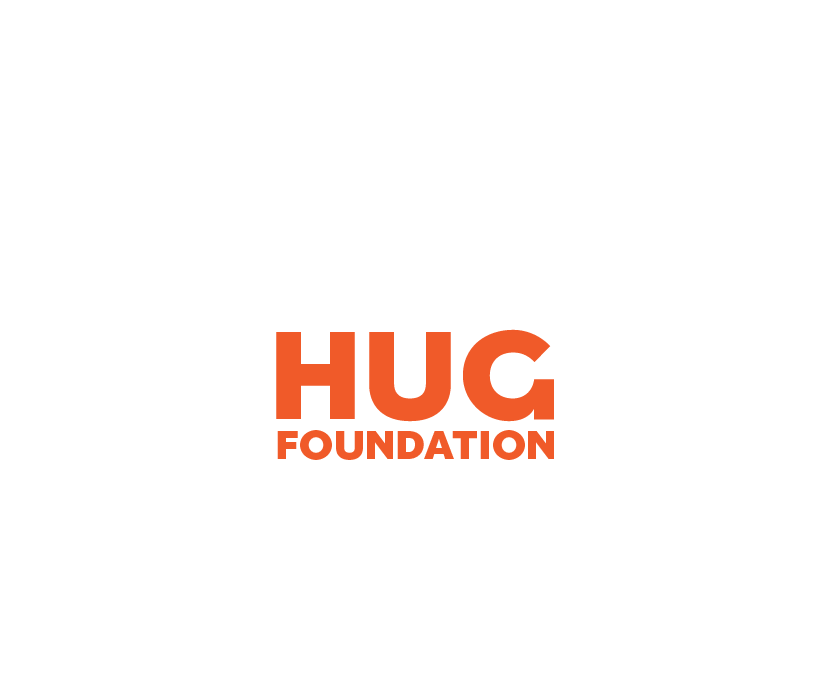Child Labour: An Introduction.
If you see evil and you can stop it, but you decide not to, you have become a part of that evil.”
– Yusuf Akinyemi
Tayo was one of the most brilliant girls at secondary school. On each of her report cards, every teacher would always have something remarkable to say about her. She was the only child, and she made her parents’ life easier by showing them support. But before she could hit the train as a post-teenage, her parents left the world. Her uncle from the North offered to be her guardian and take care of her.
Her uncle figured that he couldn’t cater for her and his six children at the same time. He couldn’t even feed her or send her to a school.
His long-time friend had been trying to poach her but her uncle didn’t give in. Uncle Gideon took a week to think about it and finally gave her hand in marriage to his friend. She was 17. An age where she could start laying a foundation on the great things she might achieve in her future.
In the space of 18 to 25 years, she gave birth to 4 kids. She lived her life from hands to mouth. All her dreams were gone. She couldn’t afford to take care of her kids thereby exposing them to the harsh realites of child labour.
Child labour, according to the International Labour Organization, is work that deprives children of their childhood, their potential and their dignity, and that is harmful to their physical and mental development.
Unfortunately, the decision to engage one’s child in child labour is a ‘last resort’, it’s usually that the guardians ‘do not have a choice’.
According to the story above, one cogent cause was poverty. Statistics have shown that about half of the Nigerian population live under the poverty threshold which is $1 per day. There have been talks to alleviate poverty, but day by day, the numbers keep increasing.
The second is early marriage. One of the main reasons that can result in this is what Tayo has experienced above. And that brings us to our next point – illiteracy.
Her uncle could only think to use her as a child labourer or marry her away. His illiteracy wouldn’t let him see beyond that. And by that, we mean that she could have learned skills that could help her and the family just like a boy at that same age.
Low expectations and the death of parents can also result in this. When a parent wants a boy and they get a girl, they will put them through fire and storm to make the child pay. The second point shows that the child has to start another life with a guardian or someone else, and most times, it doesn’t end well.
What are the consequences?
First of all, it reduces or damages the self-esteem of a child. Tayo’s kids couldn’t afford to go to school while they saw other kids wearing uniforms and jumping up when they hear the bell at 2 p.m.
They wouldn’t be able to enjoy their fundamental human rights. The law states that putting a child through labor is a crime. They are subjected to all kinds of manipulation on the street. They are susceptible to social vices such as kidnapping, rape, and child trafficking.
Having health issues is also one of them. Infections and diseases crawl in when they don’t take care of themselves.
The last point is illiteracy. Except there could be a change in their life, they will pass it on to their children and their children will pass it on and on. They never get to hear anything about education or school.
On the 12th of June, 2021, HUG Foundation hosted a panel discussion to commemorate the WORLD DAY AGAINST CHILD LABOUR. Some of the points established are:
• The effects of child labor on psychological health can be long lasting and devastating to the future of children involved.
• Seeing that a number of the enforcers of the Child Rights Law need to be ‘called out’ to get their jobs done, it is important for us individuals, and non-governmental organisations to draw the attention of the rest of the world when we encounter such occurrences. If you see evil and you can stop it, but you decide not to, you have become a part of that evil.
• It was also established that a lot sensitization about the CHILD RIGHTS should be done not just for parents and teachers but also for the children.
• And most importantly, that we understand what exactly influences child labour in each of the cases in a particular community, then can we find sustainable solutions.
HUG Foundation joins the rest of the world to stand against Child Labour!
Odetayo Tomiwa
About Author
If you see evil and you can stop it, but you decide not to, you have become a part of that evil.”– Yusuf Akinyemi Tayo was one of the most brilliant girls at secondary school. On each of her report cards, every teacher would always have something remarkable to say about her. She was the…



